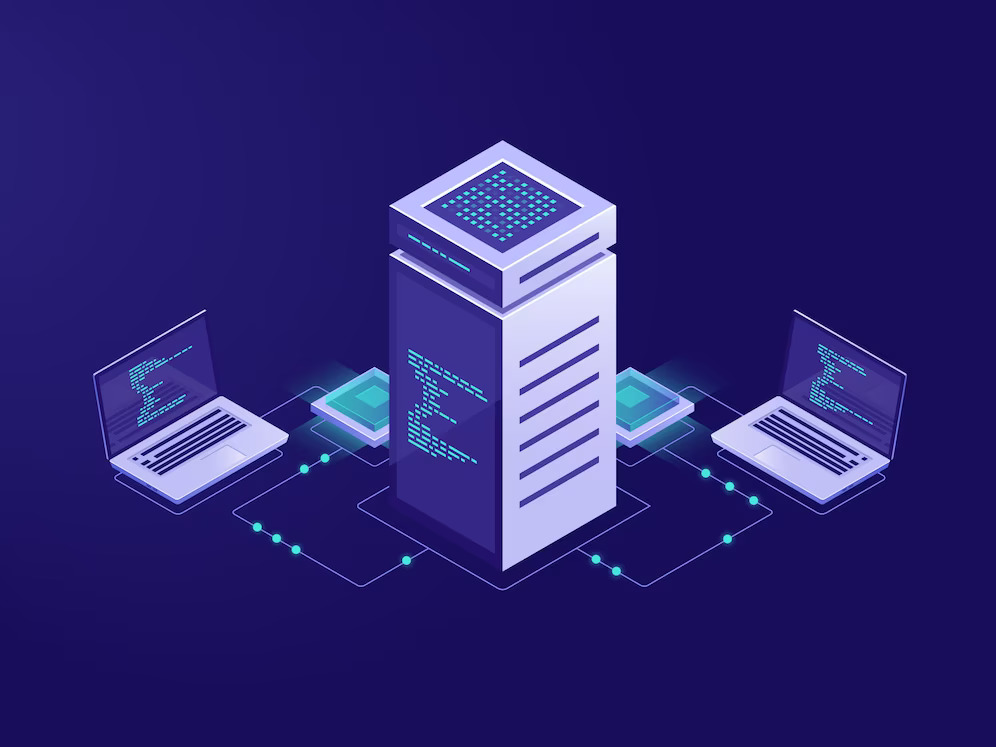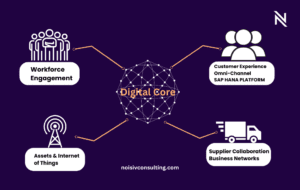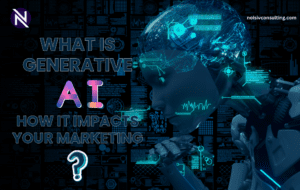What is edge computing and how does it work?
edge computing
In today’s fast-paced digital world, where data is generated at an unprecedented rate, traditional cloud computing models face limitations in terms of latency, bandwidth, and real-time processing. Enter edge computing, a paradigm that has gained significant traction in recent years. This article delves into what edge computing is and how it works, shedding light on its transformative potential across various industries.
Download:- India’s 1st ID Gateway – qid
What is Edge Computing?
Edge computing is a distributed computing paradigm that brings computational resources closer to the data source or “edge” of the network. Unlike traditional cloud computing, where data is sent to centralized data centers for processing, edge computing processes data locally, often on devices or servers located at or near the data source. This approach minimizes latency, improves response times, and reduces the need for massive data transfers to distant data centers.
How Does Edge Computing Work?
To understand how edge computing works, it’s essential to grasp its key components and principles:
Edge Devices: These are the endpoints or sensors at the edge of the network, such as IoT devices, cameras, smartphones, and industrial machinery. These devices generate vast amounts of data continuously.
Edge Servers: These are local servers or devices situated in proximity to the edge devices. They act as intermediaries between edge devices and the central cloud. Edge servers can process data, run applications, and even perform data filtering and aggregation.
Fog Computing: Fog computing is an extension of edge computing. It allows for more substantial processing capabilities at the edge, enabling complex tasks to be performed closer to the data source. Fog nodes, situated between edge devices and cloud servers, enhance computing power.
Central Cloud: While edge computing pushes processing closer to the edge, it doesn’t eliminate the cloud entirely. The central cloud is still used for tasks that don’t require real-time processing, long-term storage, or advanced analytics. It acts as a repository and a resource for heavy computations.
Now, let's explore how edge computing works through a typical scenario:
Scenario: Autonomous Vehicle
Imagine an autonomous vehicle navigating a busy city street. The vehicle is equipped with numerous sensors, including cameras, LiDAR, radar, and GPS. These sensors generate vast amounts of data in real-time. Here’s how edge computing comes into play:
Data Generation: The sensors on the autonomous vehicle continuously collect data about the surroundings, such as pedestrian movement, traffic conditions, and road signage.
Edge Processing: Instead of sending all the raw data to a remote data center, edge computing systems within the vehicle process this data locally. For instance, the vehicle’s onboard computer can identify obstacles, analyze traffic patterns, and make immediate decisions about acceleration, braking, and steering.
Low Latency: Edge computing ensures ultra-low latency responses. This is crucial for safety-critical applications like autonomous vehicles, where decisions must be made in real-time.
Cloud Integration: While the vehicle’s edge computing system handles immediate tasks, it can also communicate with the central cloud for long-term data storage, software updates, and sharing insights with other vehicles or traffic management systems.
Also, Read:- How SEO Works and Why It Matters
Benefits of Edge Computing
Edge computing offers a multitude of benefits across various industries:
Low Latency: Applications that require real-time responses, such as autonomous vehicles, remote surgery, and industrial automation, benefit from the reduced latency provided by edge computing.
Bandwidth Efficiency: Edge computing reduces the strain on network bandwidth by processing data locally, transmitting only relevant information to the central cloud, thereby saving on data transfer costs.
Improved Privacy: Local data processing allows sensitive information to stay closer to its source, enhancing data privacy and security.
Scalability: Edge computing can scale easily by adding more edge devices or servers as needed, making it suitable for IoT deployments.
Reliability: Edge systems can continue functioning even when disconnected from the central cloud, ensuring continuity in critical operations.
Real-time Analytics: Industries like retail and manufacturing can benefit from real-time data analytics at the edge for inventory management, quality control, and predictive maintenance.
Challenges and Considerations
While edge computing presents numerous advantages, it also comes with challenges:
Management Complexity: Managing a distributed edge infrastructure can be complex, requiring specialized skills and tools.
Security Concerns: Securing a decentralized network with numerous edge devices can be challenging, as each device is a potential entry point for cyberattacks.
Interoperability: Ensuring that edge devices and servers from different manufacturers can work seamlessly together can be a challenge.
Data Governance: Edge data governance and compliance with data protection regulations require careful consideration.
Conclusion
Edge computing is revolutionizing the way we process and utilize data, particularly in scenarios where low latency and real-time decision-making are paramount. Its applications span across industries, from healthcare and manufacturing to transportation and agriculture. As technology continues to advance, edge computing is poised to play an increasingly critical role in shaping our interconnected, data-driven world. Businesses and organizations that embrace this paradigm shift stand to gain a competitive edge by harnessing the power of data at the edge of the network.








